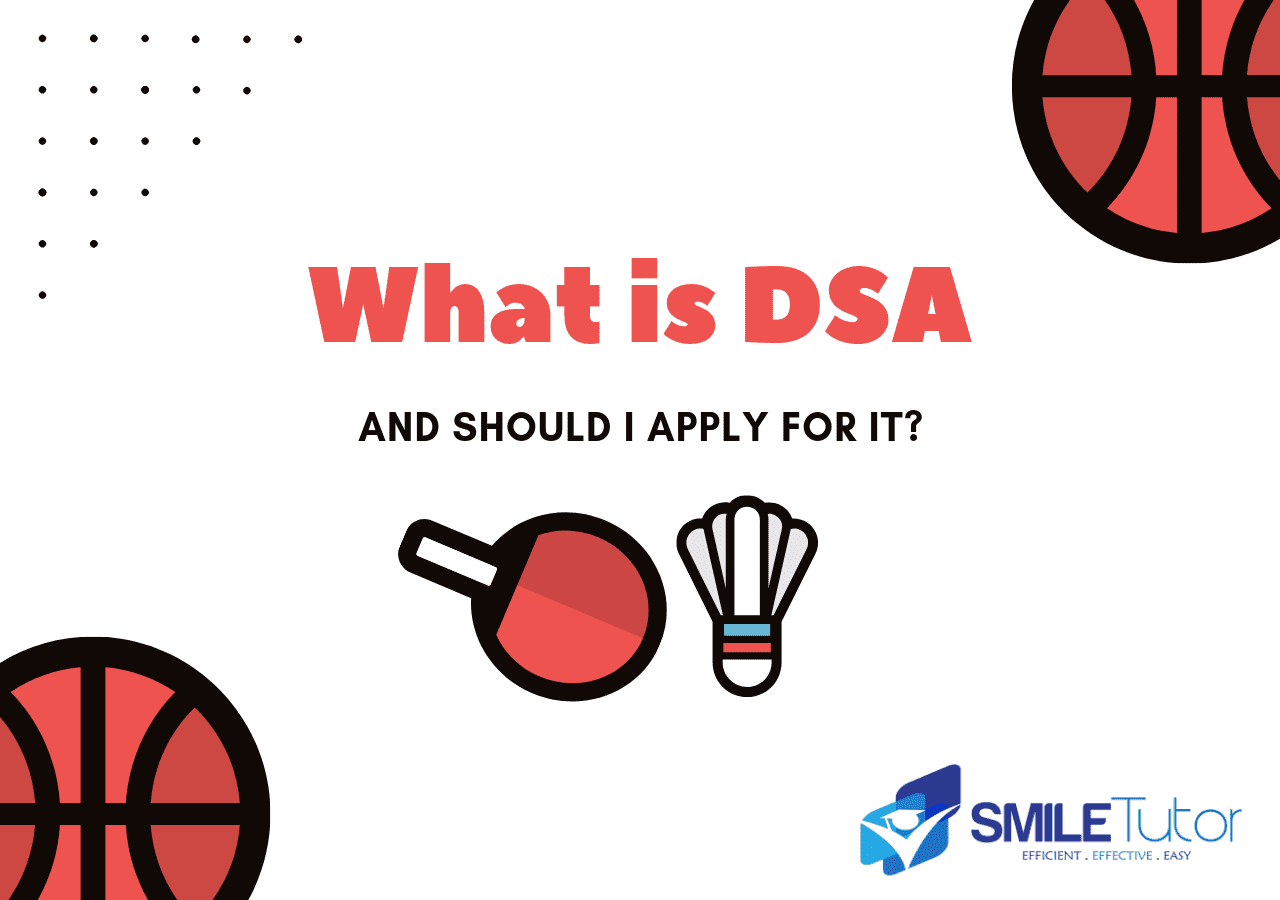
DSA serves as a lifeline for thousands of hopeful students who dream to gain admission into the most popular secondary schools and junior colleges in Singapore. After all, the competition is cut-throat. As the owner of a tuition agency, I understand this only too well.
While DSA was previously considered an alternative route, one that is opposed to the traditional route which is based on academic merit, it is slowly becoming widespread. The number of students who are able to benefit from DSA has grown tremendously over the years. This is why it’s increasingly important to understand the DSA programme.
If you are not familiar with DSA or if you are wondering whether you should apply for DSA, let this article serve as a definitive guide to finding all your answers.
What is DSA?
DSA stands for Direct School Admission. An exercise conducted by the Ministry of Education (MOE), DSA allows students to gain entry to their desired schools based on their talents and achievements in areas such as arts, sports, CCAs, or certain subjects.
There are two types of DSA exercises: DSA-Sec for admission into secondary schools and DSA-JC for admission into junior colleges (JC).
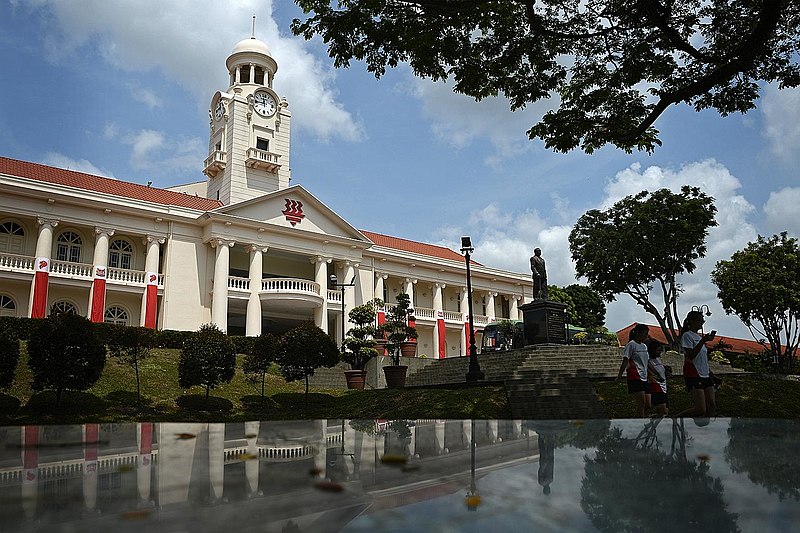
Through the DSA exercises, students can be reserved a place in a secondary school or JC before sitting for the Primary School Leaving Examinations (PSLE) or the GCE O-Level examinations respectively.
When exactly did DSA begin?
The first DSA exercise was conducted in 2004 with just seven participating secondary schools. All of them were those that offered the Integrated Programme (IP) in which where students can progress to JC without sitting for the GCE O-Levels. At that time, DSA admitted around 860 students. In 2006, DSA was extended to JCs as well.
Fast forward to the latest DSA exercises in 2018, 143 secondary schools and 18 JCs were involved. Through the DSA-Secondary School, 3,000 primary six students received confirmed offers. The admission numbers for the DSA-JC exercise in 2018 are unreported thus far.
Latest updates to DSA
Thinking to apply for DSA this year? Take note that MOE announced a series of changes relating to the DSA-Secondary School through a press release in November 2018. Below, you’ll find a succinct summary:
Firstly, all secondary schools are able to admit up to 20% of their secondary one non-IP intake through DSA beginning from 2018. This previously ranged between 5% to 10%.
On top of that, the general academic ability tests which were once part of the applications have been abolished. The rationale behind this is that such abilities can be demonstrated through the PSLE.
Also, from 2019 onwards, the DSA-Secondary School exercise will be centralised to a common online portal. Instead of browsing multiple schools’ websites for their specific application periods and procedures, students simply need to fill in one online form for DSA application to multiple schools. No certificates, transcripts, or testimonials need to be prepared as they will be automatically shared with the participating schools. How convenient is that?
Lastly, any application made through this portal will be free of charge.
The DSA benefits
The DSA programme was rolled out to match students’ talents and interests to schools that offer suitable programmes. This way, such students will be able to hone their talent in their chosen area.
To elaborate, DSA encompasses talent areas such as:
- Sports and games
- Visual, literary and performing arts
- Debate and public speaking
- Science, mathematics and engineering
- Languages and humanities
- Uniformed groups
- Leadership
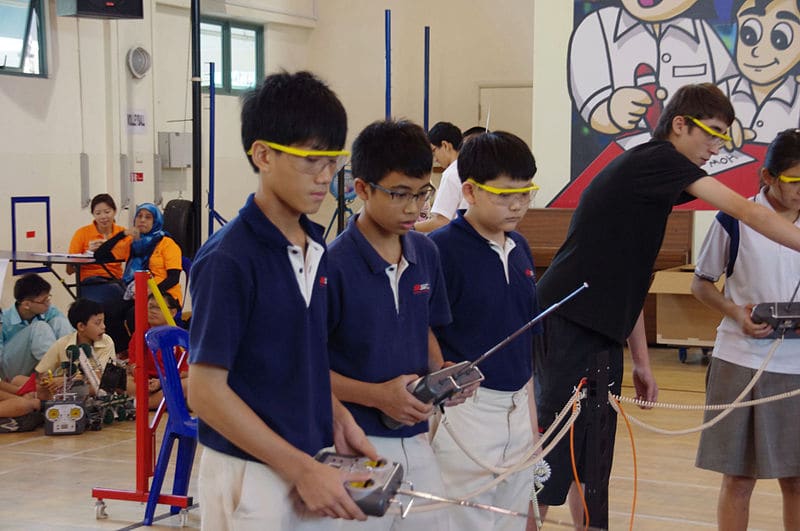
While developed with such ideas, it’s common knowledge that DSA is an avenue to enter the most prestigious schools in Singapore. These schools are generally viewed to be the most direct route to achieving good grades in national exams, entering top universities, and subsequently having a stellar career.
Below, you’ll find the talent areas that the top secondary schools and JCs support for those who want to apply for DSA.
Talent areas that are offered in the top three secondary schools (based on cut-off points).
- Nanyang Girls’ High School: Artistic, Badminton, Basketball, Bilingual, Chinese Calligraphy, Chinese Dance, Chinese Orchestra, Concert/Symphonic Band, Innovation and Creativity, International Chess, etc.
- Methodist Girls’ School: English, English Literature, Golf, Humanities, International Dance, Music Elective Programme, Netball, Science, Softball, Squash, etc.
- Raffles Girls’ School: Badminton, Basketball, Chinese, Cross Country, English, Fencing, Malay, Mathematics, Music, Netball, etc.
The talent areas that are offered in the top three JCs (based on cut-off points).
- Hwa Chong Institution: Intellectual and Scholastic Potential, Leadership, Sports and Performing Arts
- Raffles Institution: Academics, Sports and Music
- Victoria Junior College: Sports and Performing Arts
The DSA caveats
While DSA presents students the opportunity to enrol in their desired school, it does not mean that those who have received confirmed offers can slack off for their PSLE or GCE O-Levels. Yes, don’t dream about cruising your way into your dream school. The results still matter to a certain extent as these confirmed offers are conditional.
For the DSA-Secondary School, the students offered placements still need a PSLE score that qualifies them for the course (i.e. Express, Normal Academic or Normal Technical) in the school.
For the DSA-JC, the students offered placement still need to satisfy the minimum criteria for admission into a JC course based on their GCE O-Level results.
Only after their results are released will the students know that their confirmed offers have been translated to a confirmed placement. Before that, the students only have a reserved spot that may not eventually be given to them.
Should I apply for DSA?
Now that you’re aware of the benefits and caveats of the DSA programme, you are closer to making an informed decision about whether or not to fill up the DSA applications. However, there’s still a bit more you should know before getting your final answer.
Most importantly, those applying for the DSA should be aware that it involves commitment. Do not apply for the sole reason that you want to get into a particular school through any means necessary.
Instead, you should apply for DSA with a strong intention to develop your talent through the talent development programme offered by your school of choice. Otherwise, you should stick to applying through the Secondary 1 (S1) Posting Exercise or the Joint Admission Exercise (JAE) for secondary schools and JCs respectively.
Note that students admitted to secondary school through the DSA-Sec cannot transfer to another secondary school mid-way; they must remain in the school for the duration of the programme. Similarly, students admitted to a JC through the DSA-JC cannot transfer to another school after their O-Level results have been released.
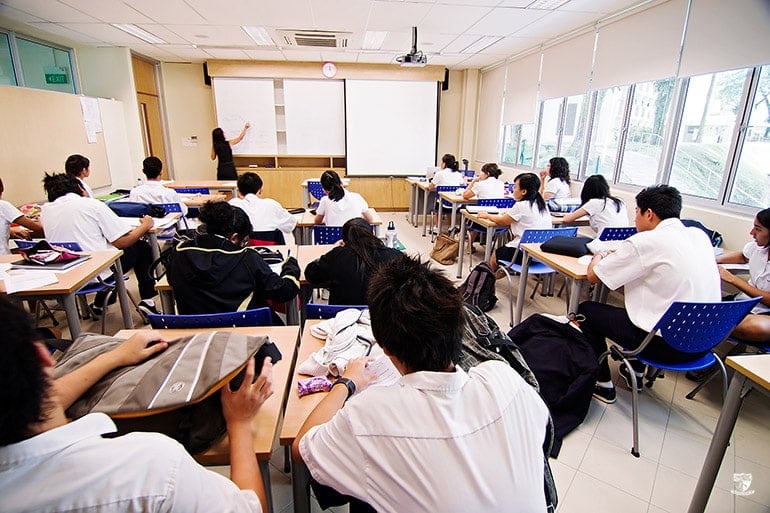
Another serious point of consideration is whether you are able to handle the pace of learning in your desired school. This is especially pertinent to the DSA-JC exercise. If you barely qualify for JC but would like to enrol in a top JC through the DSA, you should be prepared to study side by side with academically-inclined students who qualified through their O-Level results. Ask yourself if you would thrive in such an environment. Will DSA benefit you?
The DSA school list for the DSA-Sec exercise
As mentioned previously, there were 143 secondary schools accepting intakes through the 2018 DSA-Secondary School exercise. Thankfully, there’s no need for me to write them all down as you can find the official DSA school list here.
At the time of writing, the school list was last updated on 14 January 2019. A refreshed list of participating schools and their talent areas will be released in April 2019 before this year’s DSA-Secondary School exercise.
The DSA school list for the DSA-JC exercise
Almost all (if not all) the JCs in Singapore have a DSA scheme.
You can expect the same schools that offered the DSA in 2018 to offer it again in 2019. The 18 JCs that participated in the 2018 DSA-JC exercise are as follows:
- Anderson Serangoon Junior College
- Anglo-Chinese School (Independent)
- Anglo-Chinese Junior College
- Catholic Junior College
- Eunoia Junior College
- Hwa Chong Institution
- Jurong Pioneer Junior College
- Nanyang Junior College
- National Junior College
- Raffles Institution
- School of the Arts, Singapore
- Singapore Sports School
- St. Andrew’s Junior College
- St. Joseph’s Institution
- Tampines Meridian Junior College
- Temasek Junior College
- Victoria Junior College
- Yishun Innova Junior College
The application process for DSA Secondary School (DSA Sec)
The next DSA application for secondary schools will open in May. When it does, students will be able to apply for DSA via a DSA application form on a centralised online platform that has yet to be released to the public. To log into this upcoming portal, students will need one of their parents’ SingPass login.
During the application, students are able to choose up to three schools and three talent areas. Within the same school, students can apply for two different talent areas. Here’s an example of possible combinations for the DSA secondary school application.
In order to understand the development programmes that each school offers, students are highly encouraged to check the schools’ websites and attend their open houses.
More information on the 2019 MOE DSA-Secondary School will be released in April this year through the MOE DSA-Sec webpage. Updates can also be obtained from schools.
The application process for DSA Junior College (DSA-JC)
As MOE has not mentioned the extension of the centralised online platform to the DSA-JC exercise, it’s safe to assume that it will be conducted in the traditional way, that is via the respective schools’ websites.
Such applications typically involve filling in an online form and submitting that along with academic results, testimonials, CCA records, teacher’s recommendations, and other supporting documents to the respective JCs. Schools may charge an application fee.
Different JCs will have a different timeline period for their DSA-JC exercise but it typically begins in May up to July or August. If auditions are required for the selection, it will be held during this period. Results of the DSA-JC are released soon after the closing date of the exercise.
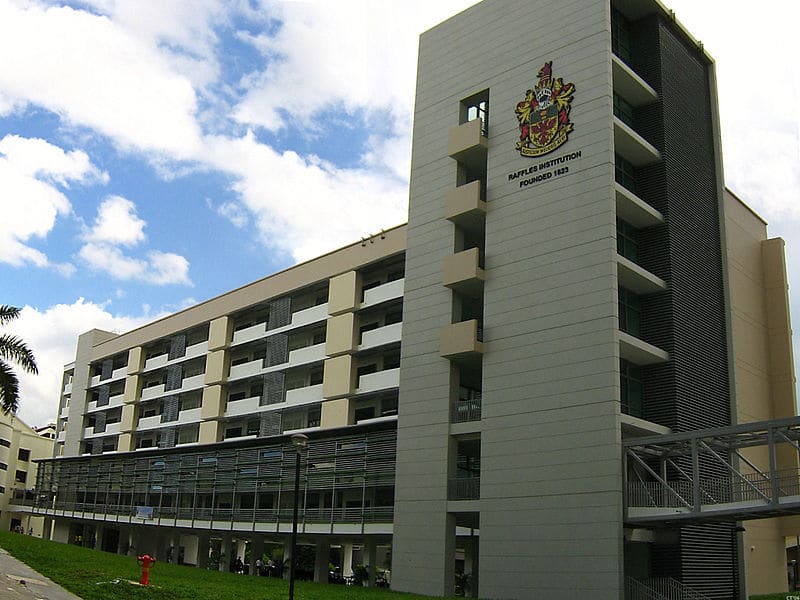
For your convenience, here are some links to the DSA application in popular junior colleges:
- Hwa Chong Institution
- Raffles Institution DSA
- VJC DSA
- ACS DSA
- Nanyang Junior College DSA
- National Junior College
- ACJC DSA
Do keep in mind that students that are admitted under the DSA-JC exercise need not and cannot take part in the JAE.
DSA for polytechnics and ITE
If you’re wondering if there’s a DSA for polytechnics and ITE, the answer is yes. However, it’s not called DSA but EAE, or Early Admissions Exercise.
The Poly EAE and ITE EAE are parallel to the DSA in many ways. They are aptitude-based admissions that allow students to receive conditional offers before their final grades have been released. The application process may involve portfolio submissions, interviews, and aptitude tests. Students must also meet the minimum entry requirements of the course that they applied to in order to confirm their conditional offer.
More information on the EAE can be found on the joint polytechnic website and the ITE website.
My thoughts on the DSA
I think that the DSA is a great initiative to get talented individuals admitted into the top schools of Singapore. It is not without its criticisms from the public, though.
The main one relates to inequality and how DSA benefits children with more resources (eg. to pay for music classes or sports coaching), but I believe that MOE is doing what it can to reduce such barriers. This is demonstrated through discontinuing general academic ability tests and the removal of application fees for the DSA-Sec exercise, on top of other measures in tackling inequality from a young age.
Personally, I would be more concerned about the fact that Singapore’s education system features “top schools” that are deemed better than the rest. Let’s face it – DSA is just another form of competition to enter such elite institutions. We can nitpick on the nitty-gritty of the DSA, but the DSA is entrenched in a bigger picture which is the unbalance of schools in terms of prestige and resources.
Until something is done about this, it’s not the fault of students (and their parents) to try all they can to secure places in such top schools. While they do so, I’d like to remind applicants to remember the original intentions of the DSA, which is to hone talents beyond academic ability, and to take this goal seriously.
